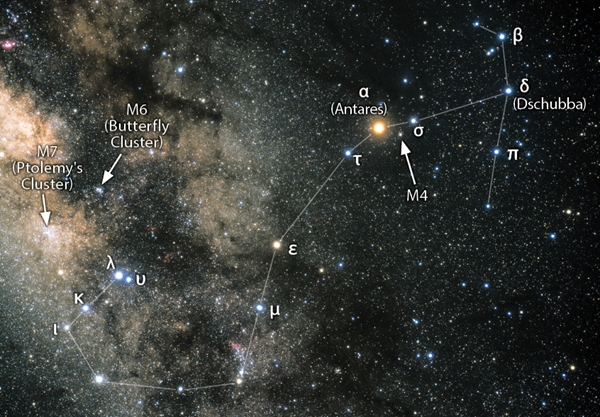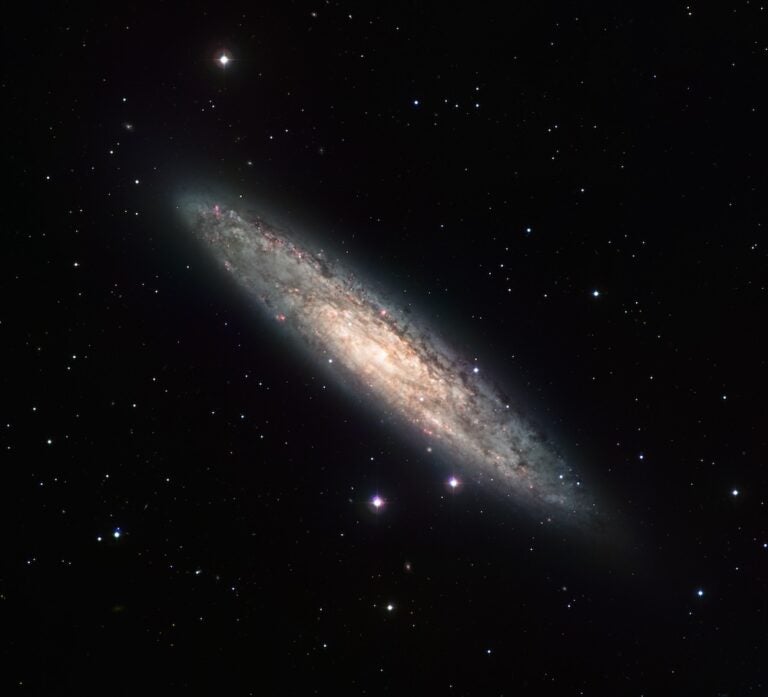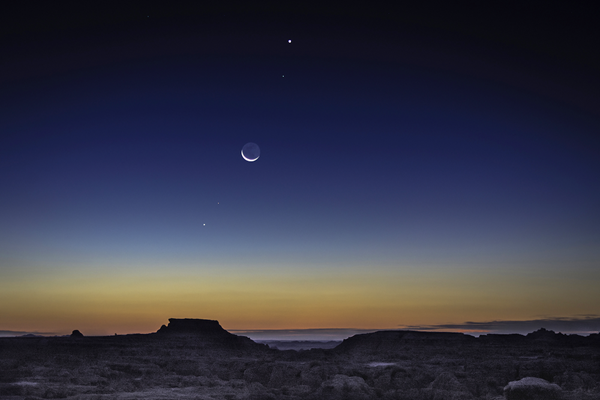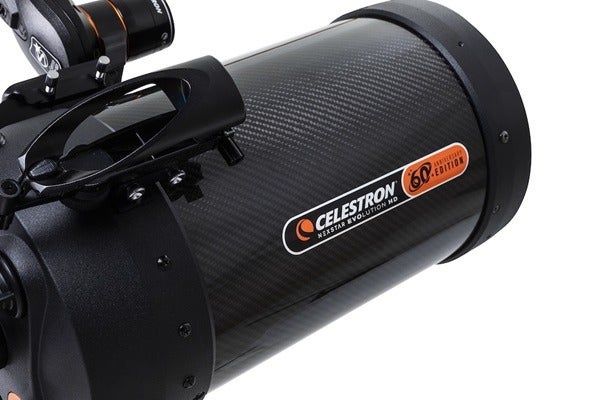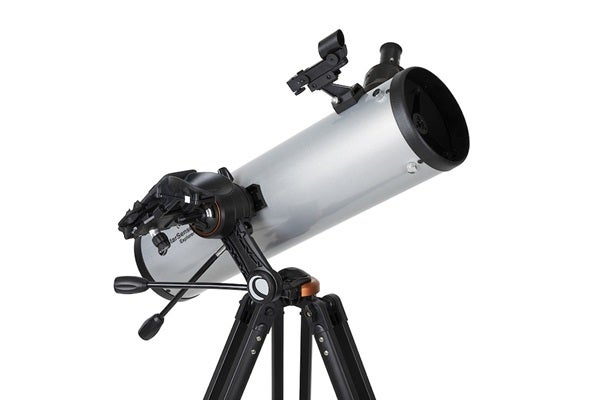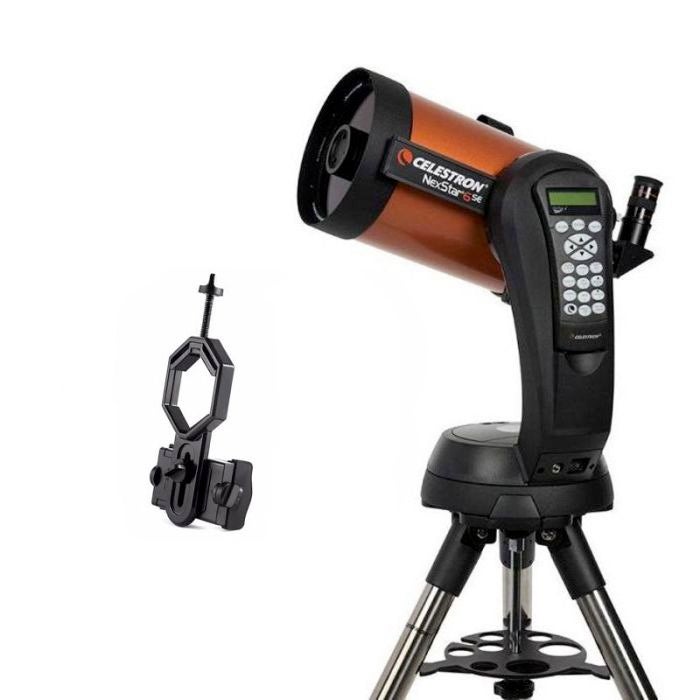Now, let’s be honest. Does this stellar assemblage look even remotely like a man holding a snake? Of course not! Truth is, most of the constellations bear little to no resemblance to their mythological counterparts.
To find a notable exception, look directly below Ophiuchus; you’ll find the constellation Scorpius. Lo and behold, it actually looks like a scorpion! The Alpha (α) star Antares teams up with Sigma (σ) and Tau (τ) to form the main body. Starting with Epsilon (ε) and winding up at Kappa (κ), we have a fishhook-shaped stellar grouping that outlines the tail. Add Lambda (λ) and Upsilon (υ) at the end, and you have the Scorpion’s stinger.
Back to Antares and moving in the opposite direction, we come to an up-and-down trio of stars made up of Beta (β), Delta (δ), and Pi (π). Delta, at the center, might be considered the Scorpion’s mouth while Beta and Pi form the outstretched arms. The Scorpion would even have claws had they not been borrowed to form the constellation Libra. Indeed, the Arabic names Zubenelgenubi and Zubeneschamali for Libra’s Alpha and Beta stars translate to “Southern and Northern Claws.”
The standout star in Scorpius is 1st-magnitude Antares, a spectral class M1.5 red supergiant. Typical of this type of star, Antares slowly varies in brightness — in this case between magnitudes 0.6 and 1.6. It currently sits at magnitude 0.7 or 0.8, according to data from the American Association of Variable Star Observers. Its ruddy appearance is no illusion; in fact, Antares is Greek for “Rival of Mars.” Look at Antares through binoculars, then move quickly past Sigma to Delta, a blue-white class B0 subgiant. The difference is dramatic!
Classifying Antares as a supergiant is no hyperbole. If put in place of our Sun, Antares would engulf the entire inner solar system and much of the asteroid belt. Lucky for us, this stellar monster is a healthy 550 light-years away. This distance will also keep us safe from Antares’ ultimate fate — its death in a supernova explosion. The event will be visible from Earth sometime within the next million years. Could it happen in our lifetime? Variable star observers around the world are keeping watch.
Delta Scorpii, whose proper name is Dschubba, has drawn a lot of attention in recent decades. Before 2000, Dschubba was a run-of-the-mill 2nd-magnitude star. But in the summer of that year, it began to brighten. Since then, it has fluctuated in brilliance, sometimes reaching as high as magnitude 1.6. This unexpected behavior mirrors that of another B0-type star, Gamma (γ) Cassiopeiae, which rose from magnitude 2.3 to 1.6 in 1937. In three years, this star faded to magnitude 3.0, returning to its original brightness in another 15 years. Will Dschubba do something similar? Once again, variable star observers are on the watch.
Before putting your binoculars away, check out a trio of bright Messier objects that call Scorpius home. A little over a degree to the right (west) of Antares is a hazy patch: globular cluster M4. At magnitude 5.6, it’s just visible to the unaided eye if skies are dark enough, and it’s an easy target in 7×50 binoculars even from slightly light-polluted suburban areas. If you redirect your gaze to a spot above the Scorpion’s stinger and to the right of Sagittarius the Archer, you should pick up a pair of star clusters. The larger one at lower left is M7 (Ptolemy’s Cluster); its partner floating above is M6 (the Butterfly Cluster). All three beg for closer scrutiny, so stay tuned.
Questions, comments, or suggestions? Email me gchaple@hotmail.com. Next month: We return to the Scorpion — but this time with a telescope. Clear skies!

